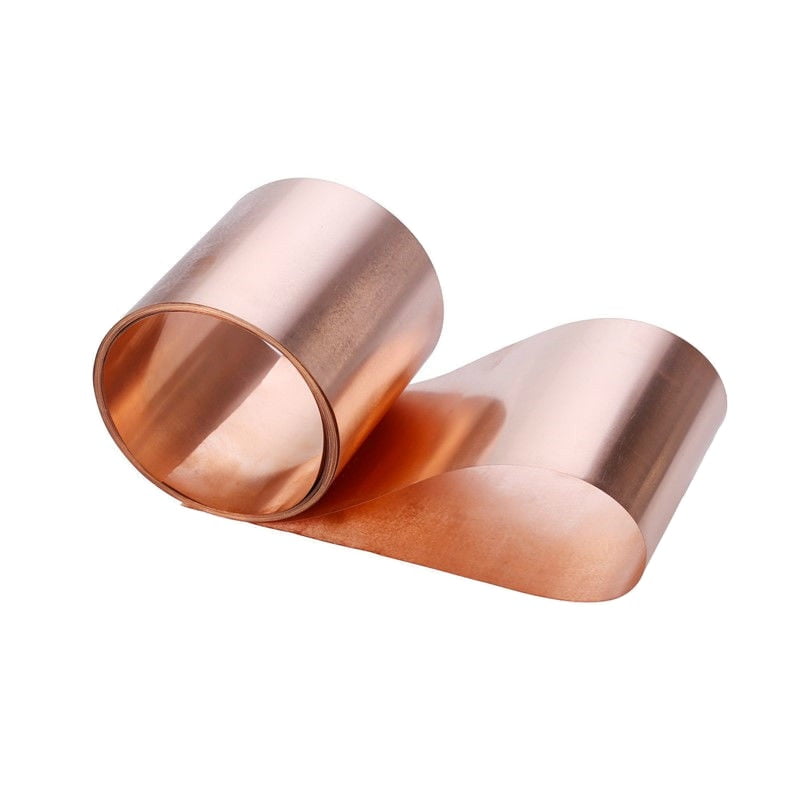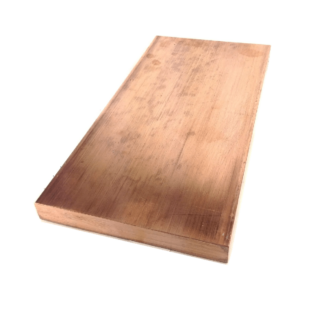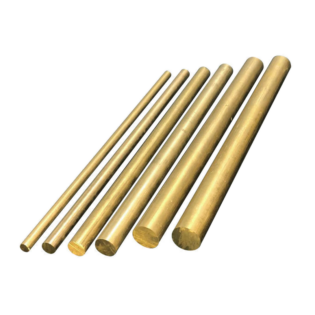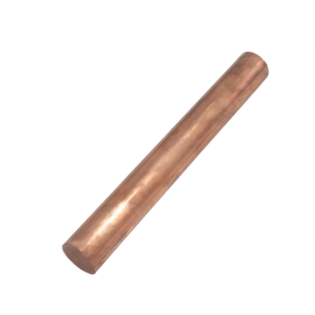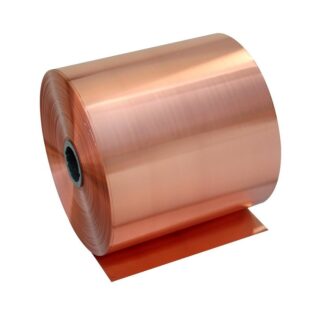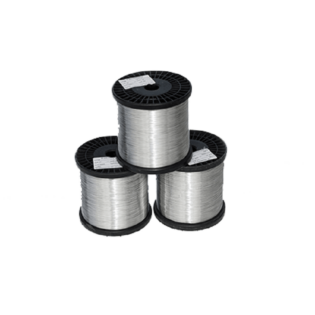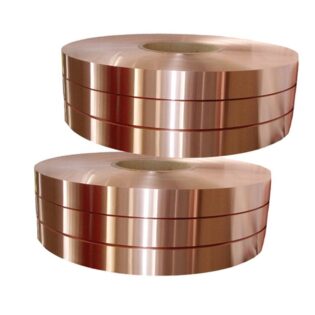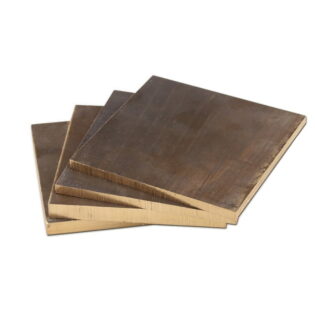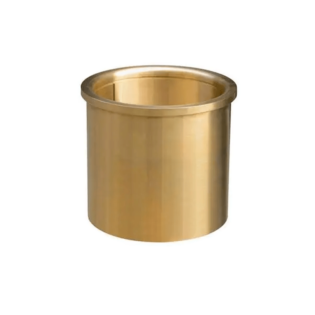AMS 4533 Copper, particularly known as Beryllium Copper (C17200), is a high-performance copper alloy widely recognized for its exceptional strength, hardness, and ability to maintain mechanical properties in varied temperature conditions. This guide provides detailed tables on chemical composition, mechanical properties, temperature performance, industry applications, shape and size standards, global standards and corresponding grades, welding and processing techniques, cold processing and heat treatment details, advantages and disadvantages, and comparisons with similar products to offer a comprehensive understanding of AMS 4533 Copper.
Chemical Composition
| Element | Percentage (%) | Role |
|---|
| Copper (Cu) | 97.0 – 98.0 | Provides excellent electrical and thermal conductivity, base material |
| Beryllium (Be) | 1.8 – 2.0 | Increases hardness, strength, and fatigue resistance |
| Cobalt (Co) | 0.2 | Enhances strength and hardness, assists in precipitation hardening |
Mechanical Properties
| Property | Value | Notes |
|---|
| Tensile Strength (MPa) | 1,310 (Ultimate) | High tensile strength for demanding applications |
| Yield Strength (MPa) | 1,240 | High yield strength for elastic behavior |
| Elongation (%) | 2-5 | Limited elongation due to high hardness |
| Hardness (Rockwell C) | 38-45 | Indicates material’s resistance to deformation |
| Modulus of Elasticity (GPa) | 131 | High rigidity and stiffness |
Performance at Different Temperatures
| Temperature | Property | Performance | Explanation |
|---|
| Low Temp | Ductility | Excellent | Retains ductility at low temperatures |
| Room Temp | Strength, Conductivity | Optimal Performance | Best balance of properties |
| High Temp | Strength Retention | Good up to 200°C | Maintains strength before significant softening |
Industry Applications
| Industry | Application | Benefits |
|---|
| Electrical/Electronics | Connectors, Springs, Switches | High electrical conductivity and strength |
| Aerospace | Aircraft Bearings, Bushings, Gears | Excellent fatigue resistance, high strength |
| Automotive | Valve Seats, Transmission Components | Durability, resistance to wear and tear |
| Industrial Machinery | Molds, Die Casting Applications | Long service life, resistance to deformation |
Shape, Size, and Production Standards
| Parameter | Options | Notes |
|---|
| Shape | Rods, Bars, Sheets, Plates, Tubes | Custom shapes available upon request |
| Size | Rods: 0.5 – 8.0 inch diameter
Plates: Up to 3.0 inch thickness | Variety of sizes to fit applications |
| Standards | AMS 4533, ASTM B194, DIN 17666 | Ensures quality and consistency |
Standards and Corresponding Grades
| Country | Standard | Grade | Notes |
|---|
| USA | ASTM B194 | Alloy 25 | Industry-standard in the US |
| Germany | DIN 17666 | 2.1247 | Equivalent specification in Germany |
| Japan | JIS H3250 | C1720 | Standard specification in Japan |
| UK | BS 2874 | CB 101 | Equivalent UK standard |
Welding, Processing, Polishing, and Heat Treatment
| Process | Details | Notes |
|---|
| Welding | Resistance welding, Soldering | Special care needed due to Beryllium’s properties |
| Processing | Machining, Forging, Stamping, Rolling | High machinability with appropriate tools |
| Polishing | Mechanical, Electropolishing | Provides smooth, corrosion-resistant surface |
| Heat Treatment | Solution annealing at 780-820°C
Precipitation hardening at 315-330°C | Enhances mechanical properties |
Cold Processing and Heat Treatment
| Process | Details | Notes |
|---|
| Cold Processing | Drawing, Extruding, Cold Rolling | Maintains dimensional accuracy and surface finish due to less thermal stress |
| Heat Treatment | Solution annealing at 780-820°C
Precipitation hardening at 315-330°C | Critical for achieving desired mechanical properties |
Advantages and Disadvantages of AMS 4533 Copper
| Advantages | Disadvantages |
|---|
| High strength and hardness | Expensive raw material |
| Good electrical and thermal conductivity | Brittle when not properly heat-treated |
| Excellent wear and corrosion resistance | Health concerns with Beryllium dust |
| Non-magnetic | Limited availability |
| Long-lasting durability | Challenging to weld and solder for some applications |
| Resistant to fatigue and stress relaxation | Requires precise heat treatment for optimal performance |
Similar Products and Comparison
| Product | Comparison | Notes |
|---|
| C17500 (Beryllium) | Lower Beryllium content, less strength | Suitable for applications needing less strength |
| C17300 (Free Machining Beryllium Copper) | Added Lead for better machinability, lower strength | Ideal for easy machining operations |
| Phosphor Bronze | Lower strength, different corrosion properties | More flexible and lower cost alternative |
| Brass | Lower strength, higher machinability | Higher machinability, lower performance at higher stress |
Summary
AMS 4533 Copper, specifically Beryllium Copper (C17200), stands out due to its exceptional mechanical properties, excellent electrical and thermal conductivity, and superior durability. It is invaluable in high-performance applications across various sectors including electrical, aerospace, automotive, and industrial machinery. By understanding its detailed chemical composition, physical capabilities, temperature performance, and numerous other facets, one can make informed decisions for its utilization in specialized fields. Despite its higher cost and challenging processing requirements, AMS 4533 Copper’s benefits make it a preferred choice for demanding engineering and manufacturing applications.

